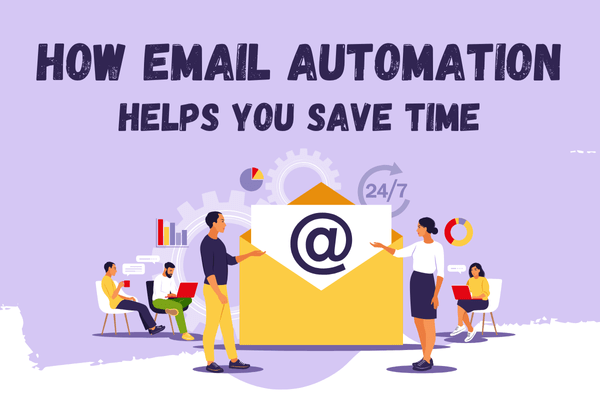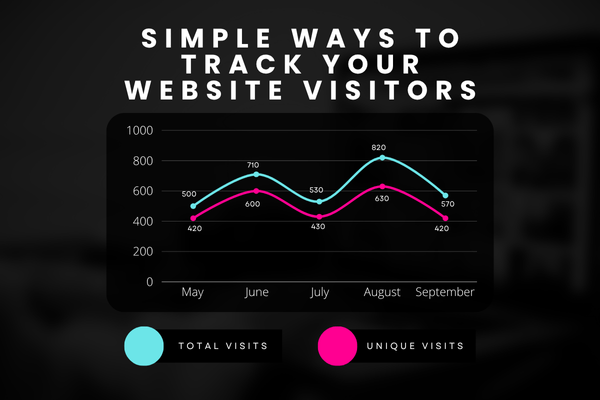Lead scoring is a way to figure out which people are most likely to become your customers. It helps you focus on the right contacts instead of guessing who to follow up with.
Every business gets leads, but not every lead is ready to buy. Some are just browsing. Others might be interested but need more time. Lead scoring helps you separate the serious ones from the rest.
Here’s how it works. You assign points to each lead based on what they do and who they are. For example, someone who opens your emails gets a few points. Someone who visits your pricing page or fills out a contact form gets even more.
You also look at their details. A lead who works at a company in your target industry gets more points. A student or someone outside your market may get fewer. These points add up to a score. The higher the score, the hotter the lead.
You can set up these scores using tools like HubSpot, ActiveCampaign, Zoho CRM, or others. These tools let you choose what actions matter most and how many points each one gets.
Let’s say you sell software to real estate companies. A lead who visits your product page twice, downloads a demo, and uses a business email tied to a real estate firm would get a high score. That tells your sales team to contact them fast.
On the other hand, someone who just viewed a blog post and hasn’t returned might not be worth a call yet. You can let your email automation keep warming them up while your team focuses on the high scorers.
Lead scoring saves time. Instead of chasing everyone, your team focuses on people who are more likely to buy. It also improves your sales and marketing alignment. Marketing knows who to target. Sales knows who to follow up with.
As you collect more data, you can fine-tune your scoring system. Maybe you’ll find that leads from LinkedIn convert better than leads from ads. You can then give more points to LinkedIn leads.
You don’t need a big team or fancy setup. Even small businesses can benefit from lead scoring. It helps you work smarter and close deals faster.
The best part is, you’re not leaving anything to chance. You’re using facts and behavior to guide your actions. That’s a better way to grow your business.
Start by tracking a few key actions. Set up a basic scoring system. Then improve it over time. The sooner you begin, the sooner you can focus on the leads that really matter.


